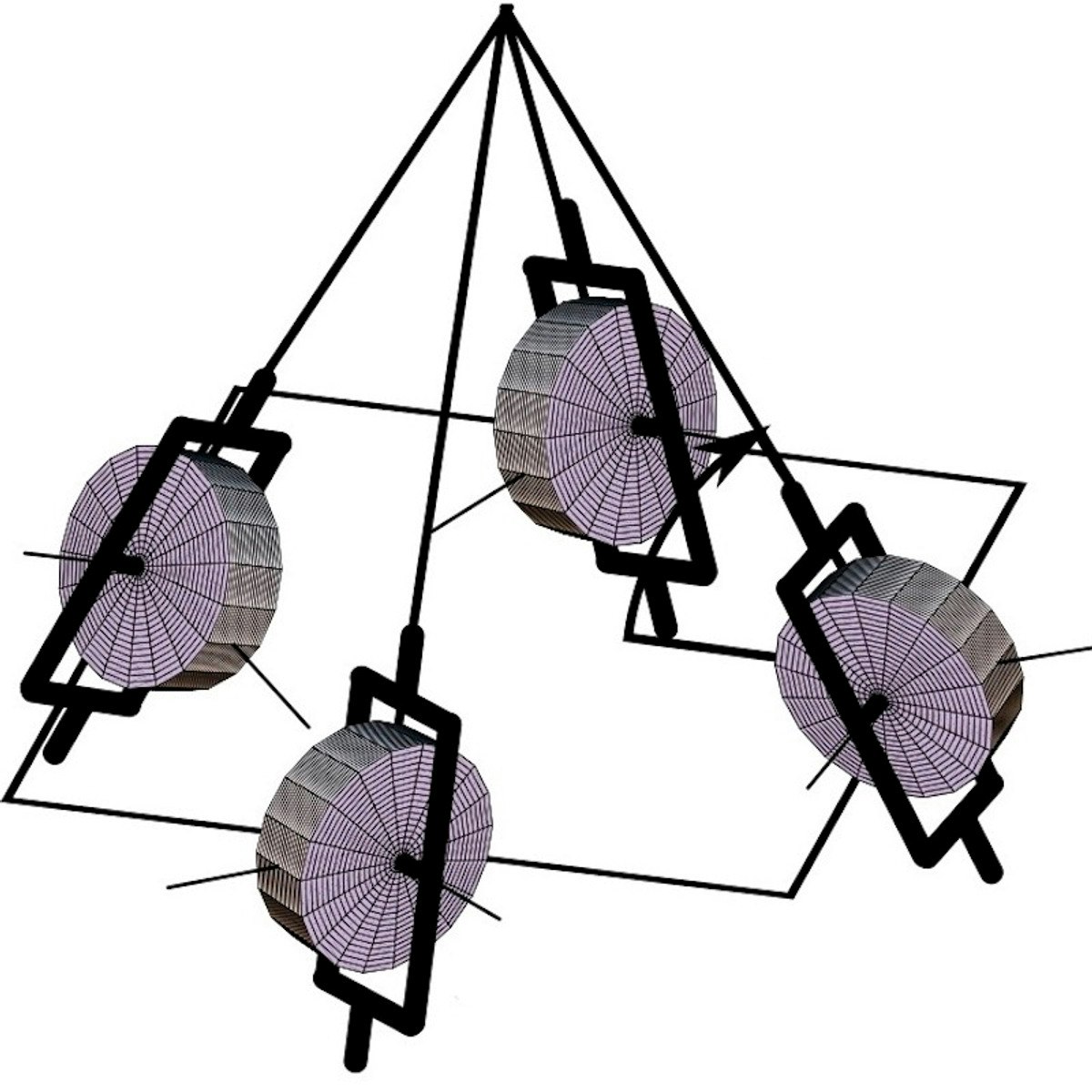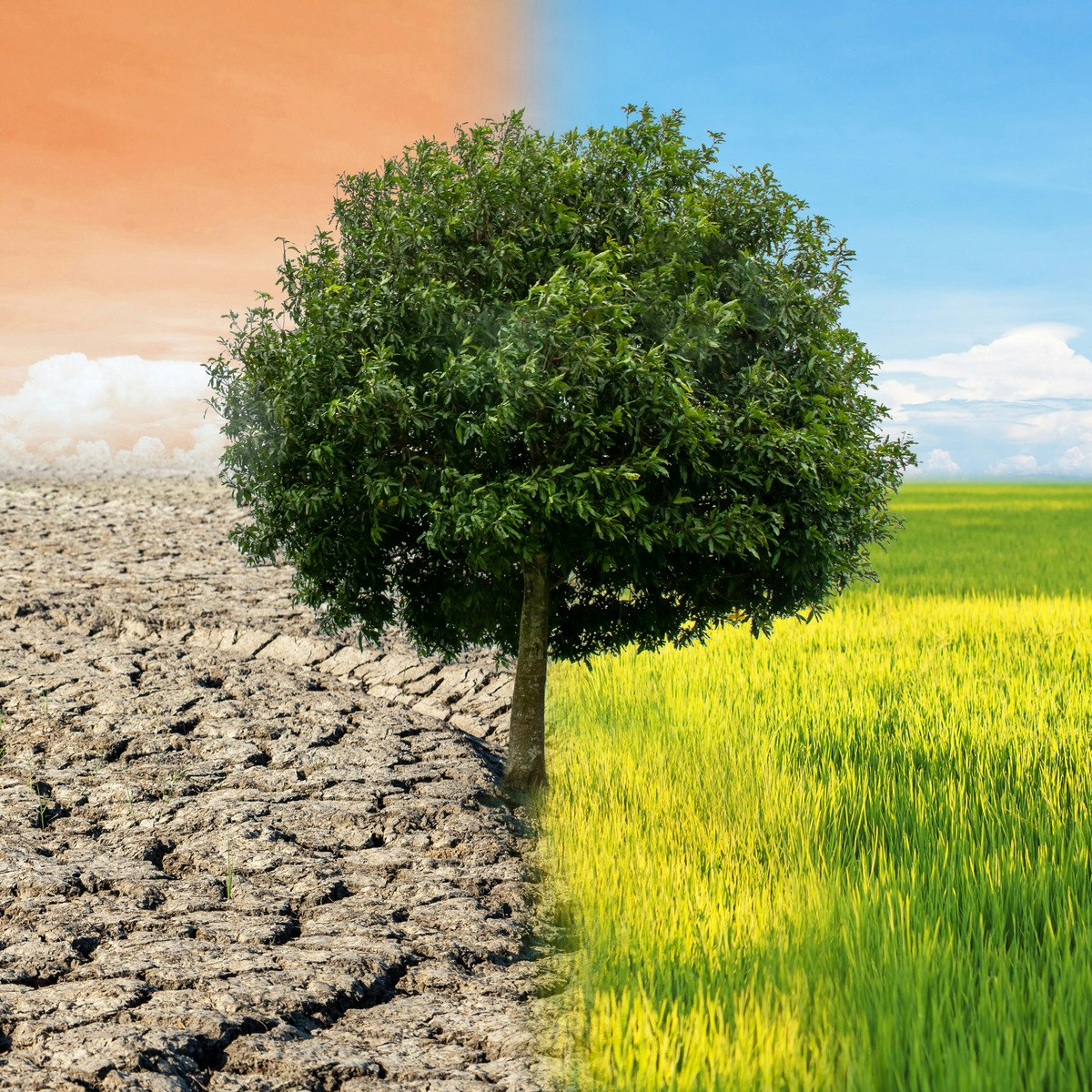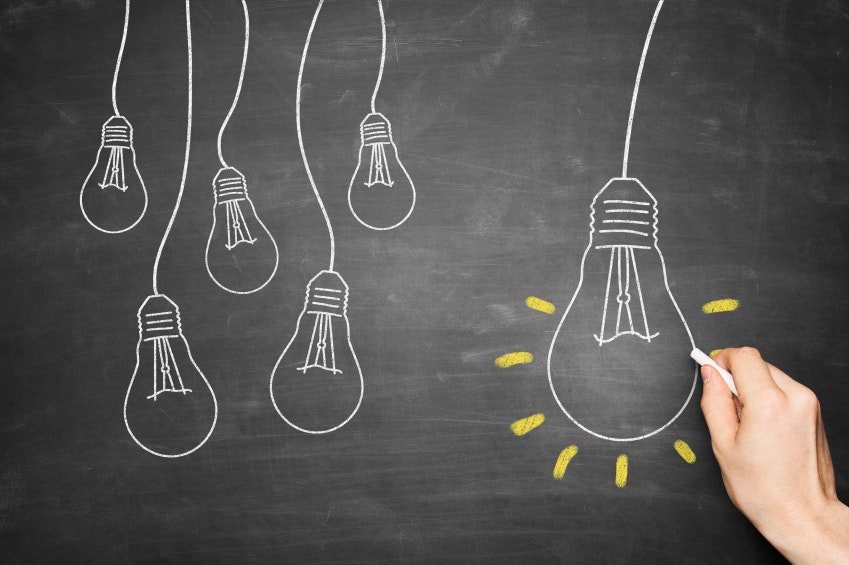Back to Courses









Physical Science And Engineering Courses - Page 38
Showing results 371-380 of 522
Analytical Mechanics for Spacecraft Dynamics
This course is part 2 of the specialization Advanced Spacecraft Dynamics and Control. It assumes you have a strong foundation in spacecraft dynamics and control, including particle dynamics, rotating frame, rigid body kinematics and kinetics. The focus of the course is to understand key analytical mechanics methodologies to develop equations of motion in an algebraically efficient manner. The course starts by first developing D’Alembert’s principle and how the associated virtual work and virtual displacement concepts allows us to ignore non-working force terms. Unconstrained systems and holonomic constrains are investigated. Next Kane's equations and the virtual power form of D'Alembert's equations are briefly reviewed for particles.
Next Lagrange’s equations are developed which still assume a finite set of generalized coordinates, but can be applied to multiple rigid bodies as well. Lagrange multipliers are employed to apply Pfaffian constraints.
Finally, Hamilton’s extended principle is developed to allow us to consider a dynamical system with flexible components. Here there are an infinite number of degrees of freedom. The course focuses on how to develop spacecraft related partial differential equations, but does not study numerically solving them. The course ends comparing the presented assumed mode methods to classical final element solutions.

Digitalisation in Space Research
This course provides an overview of the most important digital applications in the field of aerospace research. The course instructors discuss how digitalisation is impacting and changing both satellite-based and manned spaceflight research. One unit is specifically devoted to exploring the use of artificial intelligence in the evaluation of satellite data.

Multi-Axis CNC Toolpaths
Computer Numerical Controlled machines, or CNC for short, can have a nearly endless number of options. Most machines today control tool motion in 3-axes, X, Y and Z, but can be upgraded to include a 4th or 5th axis as well, A and B. Additionally, there are many machines on the market that are already 5-axis capable. The good news is that Autodesk® Fusion 360™ has you covered if you need to control multi-axis positioning or simultaneous motion in all 5 axes at once!
Want to take your learning to the next level? Complete the Autodesk CAD/CAM for Manufacturing Specialization, and you’ll unlock an additional Autodesk Credential as further recognition of your success! The Autodesk Credential comes with a digital badge and certificate, which you can add to your resume and share on social media platforms like LinkedIn, Facebook, and Twitter. Sharing your Autodesk Credential can signal to hiring managers that you’ve got the right skills for the job and you’re up on the latest industry trends like generative design.
Enroll in the Specialization here: https://www.coursera.org/specializations/autodesk-cad-cam-manufacturing
Looking for Autodesk Fusion 360 certification prep courses? Check out additional learning resources to help you uplevel your skills: https://www.autodesk.com/learning

Ecosystem Services: a Method for Sustainable Development
Ecosystem services are a way of thinking about – and evaluating – the goods and services provided by nature that contribute to the well-being of humans.
This MOOC will cover scientific (technical), economic, and socio-political dimensions of the concept through a mix of theory, case-studies, interviews with specialists and a serious-game. By the end of this course, our aim is to enable you to:
• define the concept of ecosystem services, its principles and limitations
• understand the key services associated with any ressource (e.g., fresh water) through readings and case-studies
• appreciate the advantages and potential risks of monetising ecosystem services
• appreciate the social dimensions (power issues, cultural biases) embedded within any method
• integrate tactical advice on mainstreaming this approach into policy and standard government practices
• Optional: learn how to map ecosystem services with GIS tools
The session that runs May 29th- July 10th will be actively monitored by the instructors, and learners will have the opportunity to ask questions.
This course was developed by instructors from the University of Geneva with the help of numerous researchers and input from the Geneva Water Hub and the Natural Capital Project. The course was financed by the University of Geneva, the Global Programme Water Initiatives of the Swiss Agency for Development and Cooperation (SDC), and the Luc Hoffmann Institute.
This MOOC is supported by the Geneva Water Hub and the University of Geneva along with the MOOC in « Water Resources Management and Policy » (www.coursera.org/learn/water-management) and the one in « International Water Law » (www.coursera.org/learn/droit-eau).
We look forward to you joining us!

Science and Engineering of Climate Change
Global warming is one of the most significant challenges of the century and tackling it in the most effective way requires a good understanding of its physical, social and financial aspects. The Science and Engineering of Climate Change course offers an introduction to the science of climate change and to the existing technologies to mitigate its effects.
Are we sure that the climate is changing? How confident are we that climate change is anthropogenic? Are we heading for a climate catastrophe? Why are greenhouse gases associated with global warming? What options do we have to cope with these facts? Which of the many proposals are realistic, and which are just wishful thinking? By the end of this course, you will have the necessary conceptual tools to provide your own answers to these questions.
This MOOC is divided into four modules. With the first two you will understand how scientists measure climate and its evolution, how climate models work and how greenhouse gases within the atmosphere play a central role in determining the climate. The last two modules introduce the main technologies that can be used to reduce carbon emissions and carbon concentration in the atmosphere, and, in the light of the facts explained in the first part of the course, explain how these technologies can be best combined.
The MOOC is for those who want to understand not only the basics of climate-change science, but also what we can really and effectively do to curb the present trend in the planet’s temperatures. No previous knowledge is required.

Converter Circuits
This course can also be taken for academic credit as ECEA 5701, part of CU Boulder’s Master of Science in Electrical Engineering degree.
This course introduces more advanced concepts of switched-mode converter circuits. Realization of the power semiconductors in inverters or in converters having bidirectional power flow is explained. Power diodes, power MOSFETs, and IGBTs are explained, along with the origins of their switching times. Equivalent circuit models are refined to include the effects of switching loss. The discontinuous conduction mode is described and analyzed. A number of well-known converter circuit topologies are explored, including those with transformer isolation.
The homework assignments include a boost converter and an H-bridge inverter used in a grid-interfaced solar inverter system, as well as transformer-isolated forward and flyback converters.
After completing this course, you will:
● Understand how to implement the power semiconductor devices in a switching converter
● Understand the origins of the discontinuous conduction mode and be able to solve converters operating in DCM
● Understand the basic dc-dc converter and dc-ac inverter circuits
● Understand how to implement transformer isolation in a dc-dc converter, including the popular forward and flyback converter topologies
Completion of the first course Introduction to Power Electronics is the assumed prerequisite for this course.

Computational Fluid Mechanics - Airflow Around a Spoiler
In this hands-on project, you will learn about Computational Fluid Dynamics (CFD) and perform an incompressible fluid flow simulation around a spoiler using the cloud-based simulation tool SimScale. We will set up simulation cases with provided geometries to learn the fundamentals of CFD and how a spoieler simulation is approached and set up in the first place. We will walk through the classical three step process of every simulation which includes the pre-processing, processing and post-processing step.
SimScale is an engineering simulation platform that is revolutionizing the way engineers, designers, scientists, and students design products. The SimScale platform is accessible completely via a standard web browser, with an easy-to-use interface which supports numerous simulation types including solid mechanics (FEM), fluid dynamics (CFD) & thermodynamics.
This course runs on Coursera's hands-on project platform called Rhyme. On Rhyme, you do projects in a hands-on manner in your browser. You will get instant access to pre-configured cloud desktops containing all of the software and data you need for the project, for this project you need no special setup or any data. Everything is already set up directly in your internet browser so you can just focus on learning!
Notes:
- This course works best for learners who are based in the North America region. We’re currently working on providing the same experience in other regions.

Understanding Research Methods
This MOOC is about demystifying research and research methods. It will outline the fundamentals of doing research, aimed primarily, but not exclusively, at the postgraduate level. It places the student experience at the centre of our endeavours by engaging learners in a range of robust and challenging discussions and exercises befitting SOAS, University of London's status as a research-intensive university and its rich research heritage.
The course will appeal to those of you who require an understanding of research approaches and skills, and importantly an ability to deploy them in your studies or in your professional lives. In particular, this course will aid those of you who have to conduct research as part of your postgraduate studies but do not perhaps have access to research methods courses, or for those of you who feel you would like additional support for self-improvement. No prior knowledge or experience in research is required to take this course and as such, the course is for everyone.
This MOOC draws on a wealth of existing course material developed to support research training across SOAS, University of London and particularly drawing from the Centre for International Studies and Diplomacy (CISD). In 2015, the course was nominated for the prestigious Guardian University Award for its innovative approach to online learning.
Participation in or completion of this online course will not confer academic credit for University of London programmes

Alternative Mobility Narratives
Ready to imagine a radically different mobility future? This course is about the stories that we tell ourselves about why and how we move. By critically examining our current narratives, we help you think about mobility in a new way. Using systems dynamics modelling, we explore how a mobility innovation (of your choice) impacts our mobility system as a whole, for better or for worse. This course will invite you to reflect on our mainstream mobility narrative built on engineering and economics. But warning: you may end up never looking at mobility in the same way again!
This online course is supported by the EIT Urban Mobility’s Competence Hub. EIT Urban Mobility is an initiative of the European Institute of Innovation and Technology (EIT) that has been working since January 2019 to encourage positive changes in the way people move around cities in order to make them more sustainable and liveable places.
3D Printing Applications
This course will help you understand how 3D printing is being applied across a number of domains, including design, manufacturing, and retailing. It will also demonstrate the special capabilities of 3D printing such as customization, self-assembly, and the ability to print complex objects. In addition to business applications, this course will also examine how individuals, including those in developing countries, are using this technology to create solutions to the problems they face. This course will also provide an overview of design thinking and how you can use this framework to develop ideas that can be turned into objects. Learners who complete this course will obtain a rich understanding of the capabilities of 3D printing and how to think about designing objects for this new technology.
Popular Internships and Jobs by Categories
Find Jobs & Internships
Browse
© 2024 BoostGrad | All rights reserved